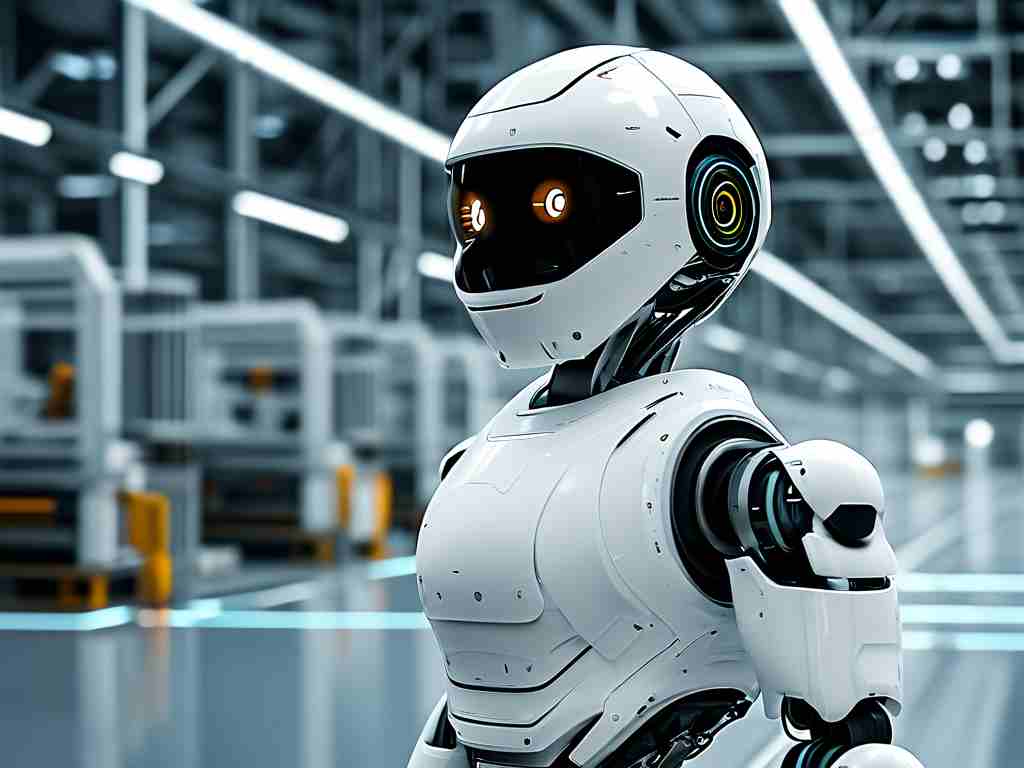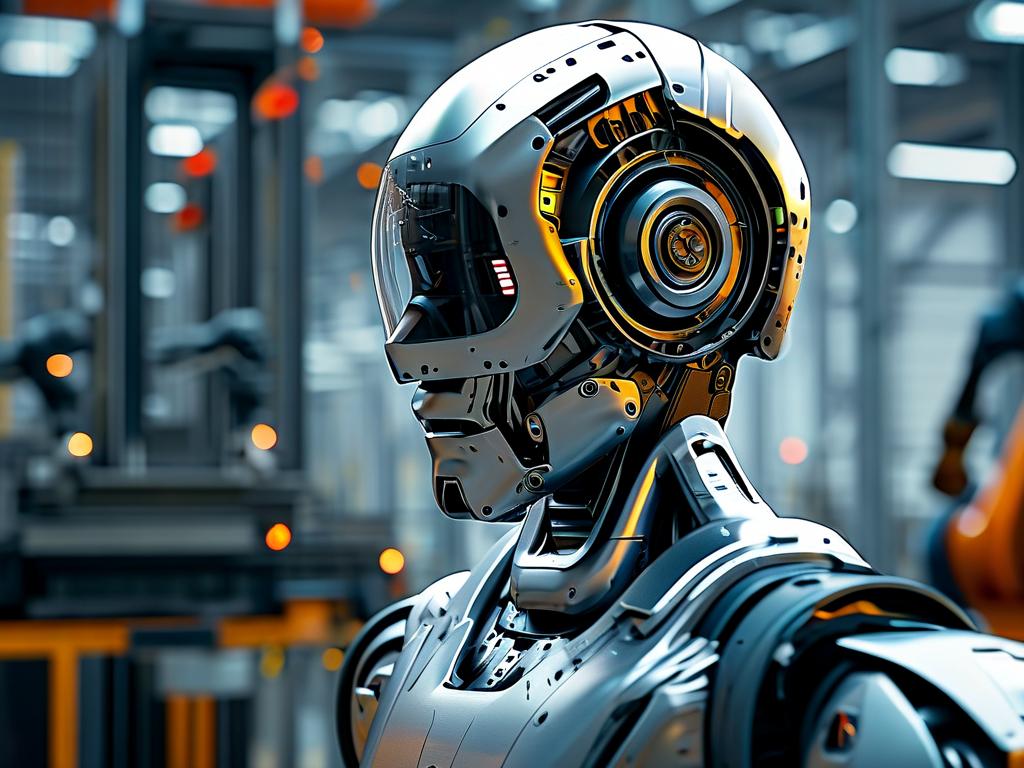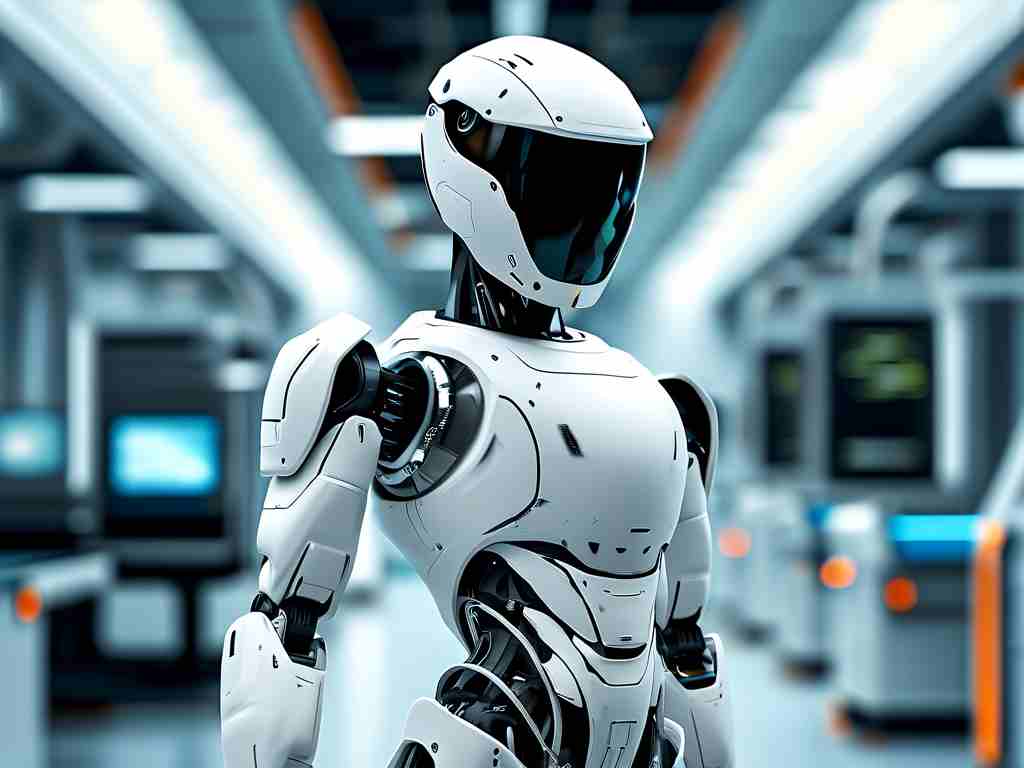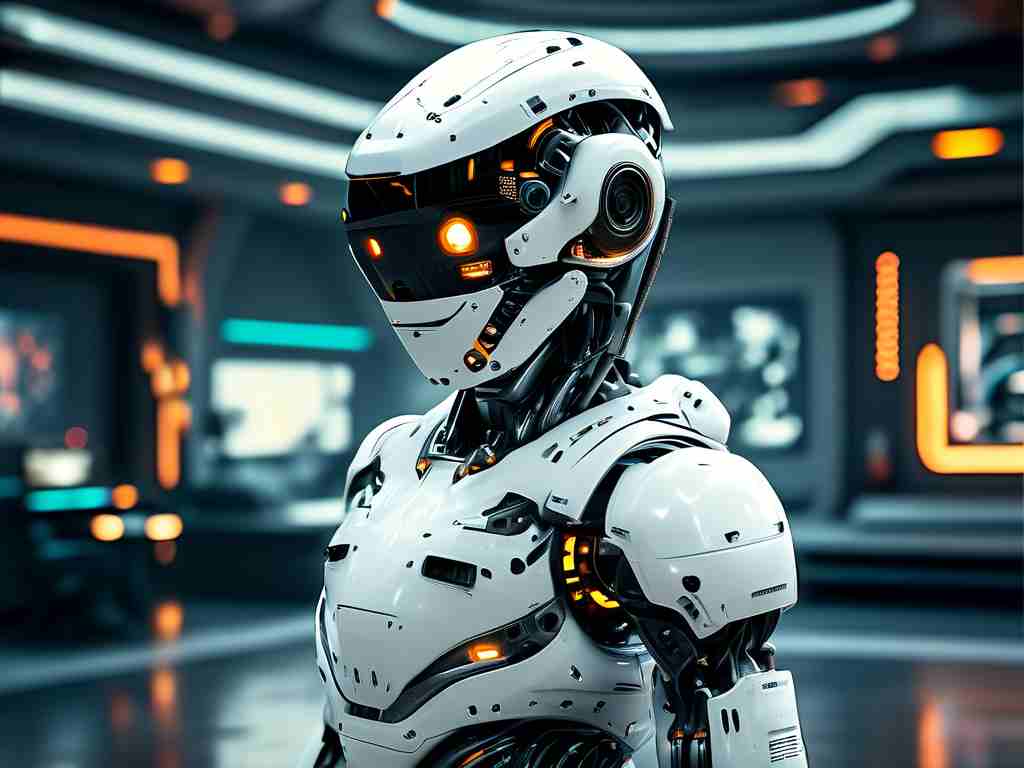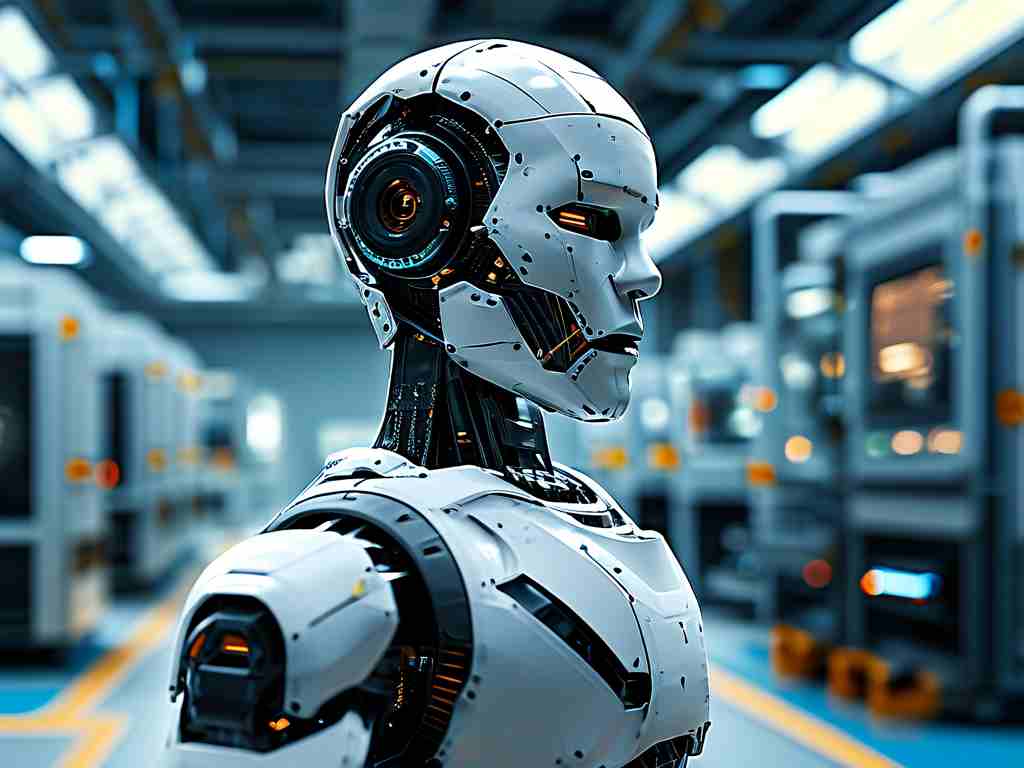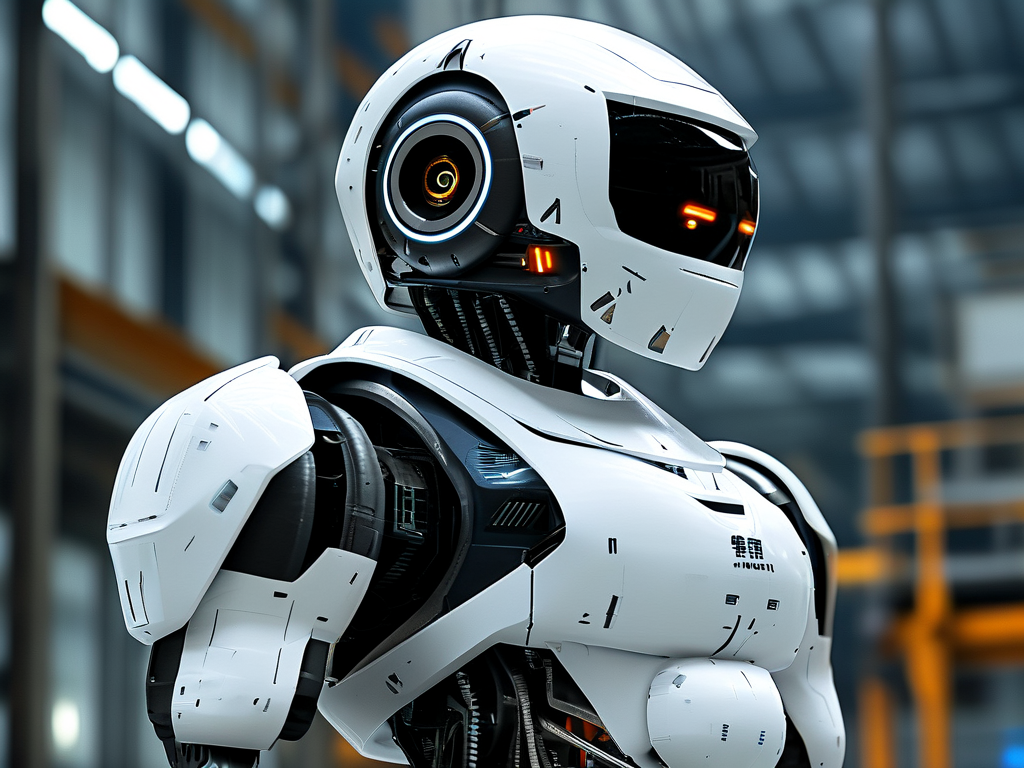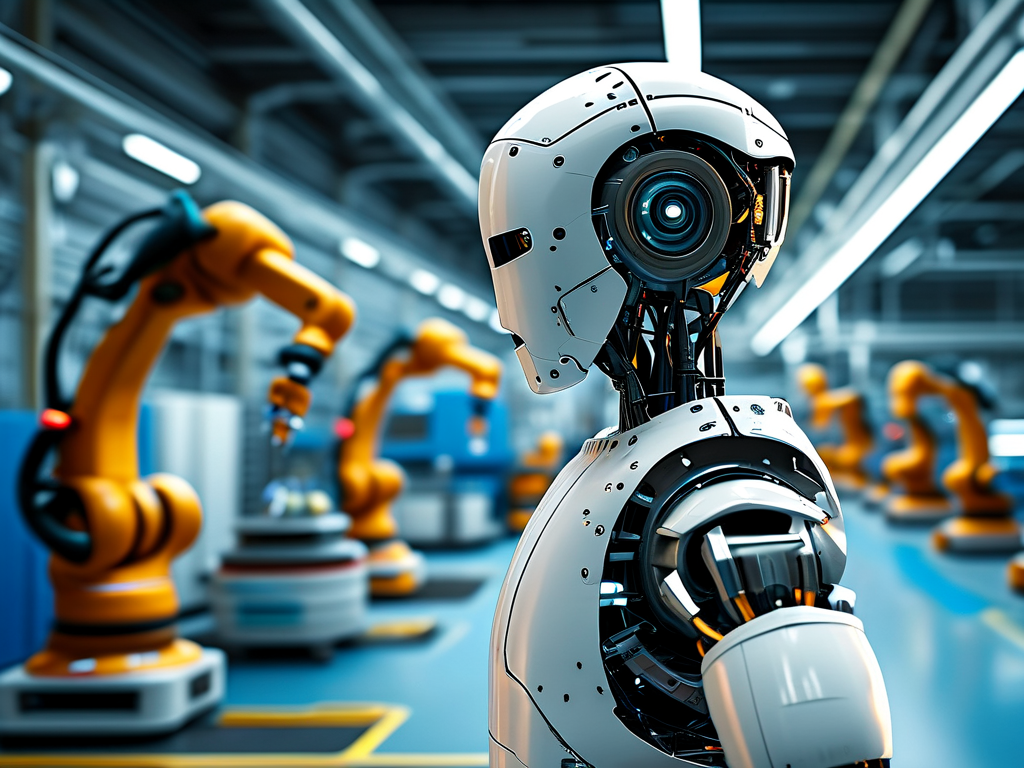As global industries accelerate digital transformation, Miyano Robotics emerges as a silent revolutionizer in automation technology. Founded in 2007 by engineer Hiroshi Miyano, this Osaka-based enterprise has redefined precision engineering through adaptive neural networks and tactile feedback systems. Unlike conventional industrial robots constrained by preprogrammed routines, Miyano's machines employ self-optimizing algorithms that analyze environmental variables in real time – a breakthrough first implemented in their MRX-9 series for semiconductor manufacturing.
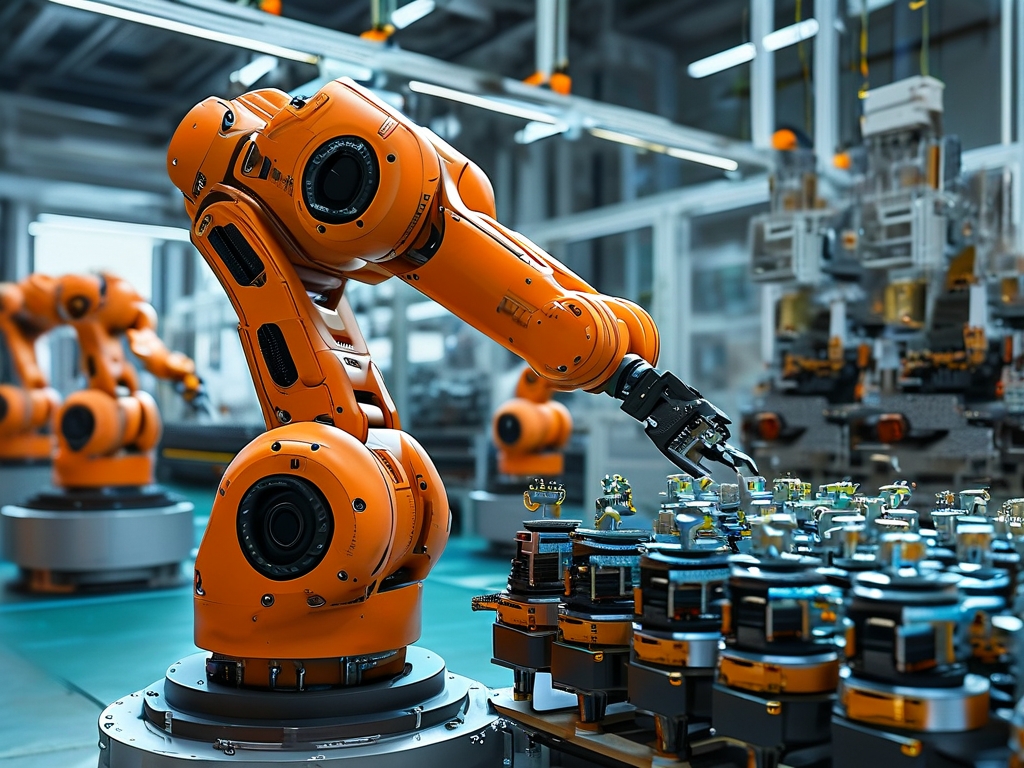
At the core of Miyano's success lies its proprietary Synaptic Mesh Architecture™, which mimics biological decision-making processes. During a 2022 collaborative project with Toyota, this technology reduced automotive assembly line errors by 43% while adapting to unplanned component variations. "Traditional systems would halt production for recalibration," explains Dr. Aiko Tanaka, lead robotics researcher at Miyano. "Our robots instead create temporary workarounds and submit optimization reports to engineers."
The company's recent foray into medical robotics demonstrates its versatility. The Miyano Surgical Assistant (MSA-4), now deployed in 17 Japanese hospitals, combines millimeter-wave scanning with haptic resistance modulation. During trials at Kyoto University Hospital, the MSA-4 completed complex laparoscopic procedures with 0.02mm positional accuracy, outperforming human surgeons in suturing microvascular anastomoses. Crucially, the system operates in "collaborative mode," allowing surgeons to manually override autonomous functions using patented force-sensitive controls.
Environmental applications further showcase Miyano's adaptive capabilities. Deployed in Fukushima's decommissioning efforts since 2019, radiation-hardened MRZ models navigate unstable reactor structures using quantum dot-based spatial mapping. These robots autonomously modify their grip patterns and weight distribution – a feature later adapted for earthquake rescue operations. "When conventional sensors fail, our photonic lattice arrays maintain situational awareness," says field engineer Kenji Watanabe, demonstrating how a damaged MRZ-7 unit reconfigured its movement algorithms after losing three limbs during a 2023 tunnel collapse simulation.
Despite technological triumphs, Miyano faces ethical debates surrounding autonomous systems. The company's 2024 white paper addresses these concerns through its "Three-Layer Accountability Framework," embedding operational logs, decision trails, and manual override protocols. This approach gained traction when a Miyano agricultural bot autonomously diverted pesticide spraying upon detecting unauthorized human presence – an incident documented during Wakayama Prefecture's citrus farm trials.
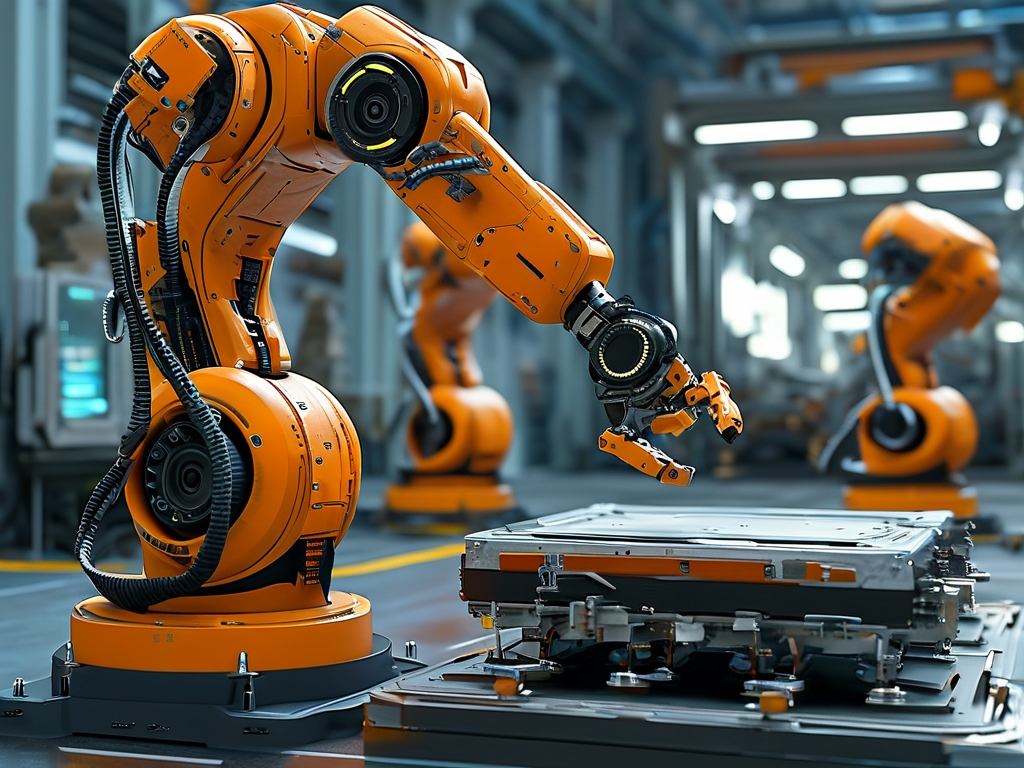
Looking ahead, Miyano's quantum computing division teases prototypes leveraging topological qubits for real-time fluid dynamics prediction. Early applications show promise in disaster response, where robots could anticipate flood patterns or structural failures seconds before they occur. As global competitors scramble to replicate Miyano's achievements, the firm remains focused on its original vision: creating machines that don't just replace human labor, but enhance human potential through symbiotic innovation.
For developers interested in Miyano's ecosystem, the company recently open-sourced its legacy motion planning libraries:
# Miyano Motion SDK v2.3 (simplified snippet)
def adaptive_trajectory(object_matrix, torque_profile):
from miyano_core import neural_planner
optimized_path = neural_planner.analyze(
obstacles=object_matrix,
dynamic_constraints=torque_profile,
learning_rate=0.004
)
return optimized_path.generate_waypoints(interpolation='bézier')
This strategic move, combined with partnerships across 23 countries, positions Miyano not just as a hardware manufacturer, but as an architect of tomorrow's intelligent automation landscape. As production facilities worldwide face workforce shortages and precision demands, Miyano's blend of biological inspiration and computational rigor offers a template for sustainable industrial evolution – one algorithmically optimized step at a time.


